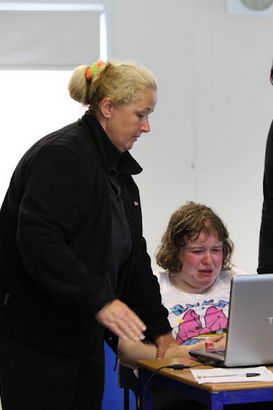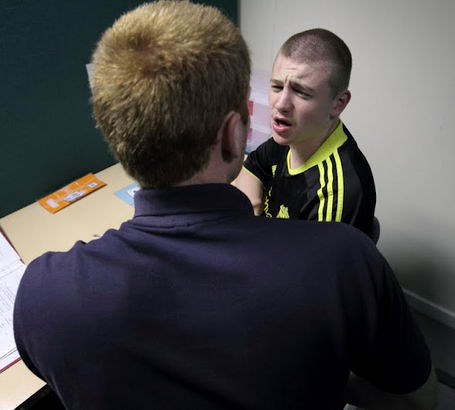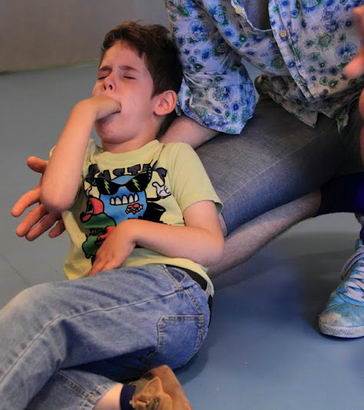
Here we focus on the STAR Approach to positive management of behaviour problems. This will reinforce the importance of understanding the underlying communication need that may be the cause of challenging behaviours.
We highlight how it is essential for school leaders to support the development of a scientific, problem-solving approach to finding out what the reasons are for pupils' behaviour.
This resource builds on the Level C material on the
STAR Approach.
In your context are risk assessments undertaken to assess the scale of behavioural problems? Is a meeting held with staff, parents, carers and even the child concerned to gather information and formulate an individual behaviour plan? Who chairs these meetings? Are notes taken? Is there a pro forma to structure the discussions? Does this help to identify probable settings, triggers and results?

In your context is someone designated to observe and record pupils' challenging behaviour?
Is anything like a STAR analysis conducted to record the context for the challenging behaviour (Setting), what occurred just before the behaviour (Trigger) and what happened just after (Results) as well as the behaviour itself (Action)?
In your context is due consideration given to possible ways of improving the learning environment to minimise the likelihood of a child's challenging behaviour occurring?
Is there consideration of the physical climate, the occupational or learning climate, and the
social climate?
Is an analysis made of the child's strengths
and needs?
How are staff and parents helped through this process to identify a workable and positive individual behaviour plan?
Is there a specific whole-school format for an individual behaviour plan?

The management of challenging behaviour is a long term task and involves work at various levels. Consider with your colleagues how best to monitor and evaluate the impact of the strategies set out in the individual behaviour plan.
Eileen Visser, HMI Rtd, poses a range of questions. Here is a selection
of them you may wish
to consider:
Finally, has your school considered the benefits of an ICT-based management system in relation to behavioural records? Lots of schools have done this without the help of management software, by developing a system of recording incidents on paper forms. However, a paper trail can become unwieldy or lacking in detail.
It can become time-consuming to compile and update pupil records, and information about assessments, plans, incidents, etc. The right software could make it so much easier to handle all of this information and help considerably when it comes to data retrieval and analysis. Systems vary and it is for individual schools to decide whether to adopt an ICT-based system. There are plenty to choose from.

Clements, J. and Zarkowska, E. (2000) Behavioural Concerns and Autistic Spectrum Disorders: Explanations and Strategies for Change. London: Jessica Kingsley Publishers.
Zarkowska, E. and Clements, J. (1994) Problem Behaviour and People with Severe Learning Disabilities: the S.T.A.R. Approach. London: Chapman and Hall. 2nd Edition.